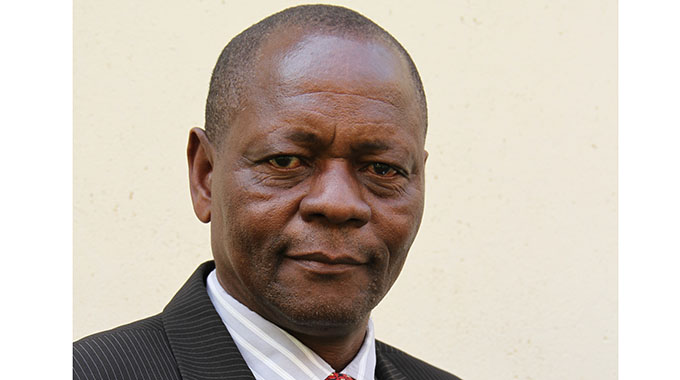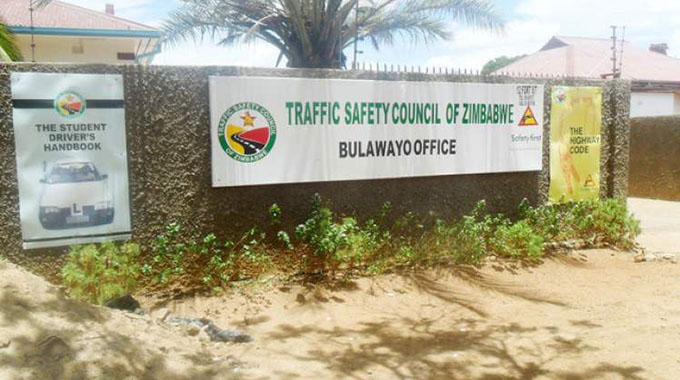Tourist arrivals spike at Tugwi-Mukosi
George Maponga in Masvingo
Tugwi-Mukosi Dam is slowly making a mark as a destination of choice by tourists with an average 30 000 visiting annually.
The majority of tourists are local and the influx of visitors is helping the Zimbabwe National Water Authority (Zinwa) raise revenue for routine low-scale maintenance work.
Tugwi-Mukosi was commissioned in May last year and cost more than $250 million to build. The dam has a full capacity of 1,8 billion cubic metres and can irrigate more than 25 000 hectares.
The scenic topography around the dam makes it ideal for building of hotels and on small islands within the vast reservoir while also creating a unique spectacle for visitors.
Zinwa acting chief executive Engineer Taurai Maurukira expressed optimism over growing interest in Tugwi-Mukosi by both domestic and foreign visitors.
“On average, we are receiving about 2 500 tourists monthly at Tugwi-Mukosi with domestic visitors constituting the largest component and we are happy that these visitors are contributing something towards the cost of maintaining the dam,” he said.
Engineer Maurukira said Zinwa was charging $5 per person for foreign visitors to the dam while locals have to part with $2.
On average, Mr Maurukira said Zinwa was collecting about $150 000 in revenue per annum from visitors to Zimbabwe’s largest inland water body.
Prospects for a further spike in arrivals at the dam exist now following the completion of a 10km tarred road linking Tugwi-Mukosi Dam and the Ngundu-Tanganda highway.
The new road was built by China International Water Electric Corporation (CIWEC) at a cost of over $7 million.
Anticipated developments around the dam such as golf courses, hotels and casinos and boat cruise operations are expected to lure more tourists.
A mini-hydro power plant will further expand the tourism scope at the dam and preliminary estimates indicate such a plant will produce 15 megawatts of power and cost US$20 million to set up.
In the long term, Government also plans to create a mega-national park in the Tugwi-Mukosi buffer zones and the Zimbabwe Parks and Wildlife Management Authority has already completed feasibility studies for the sanctuary.







Comments